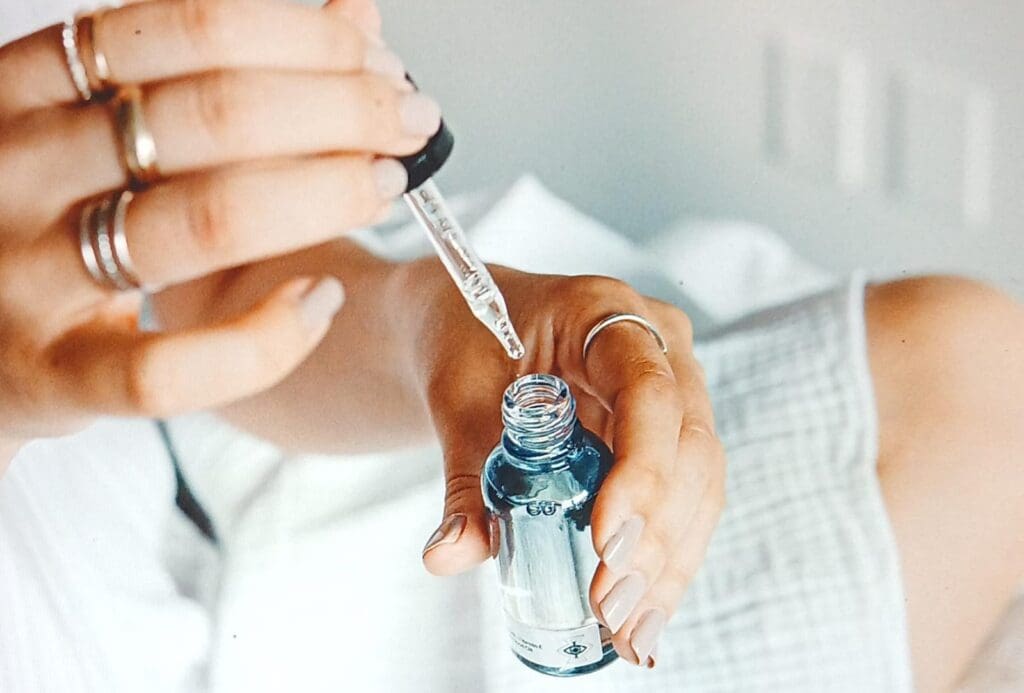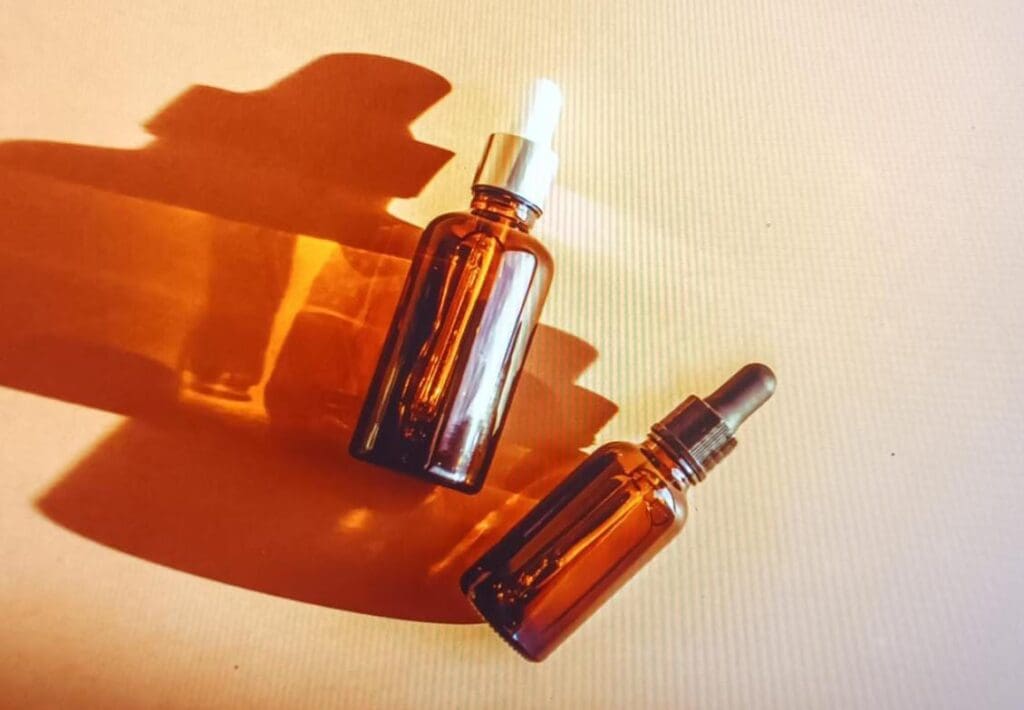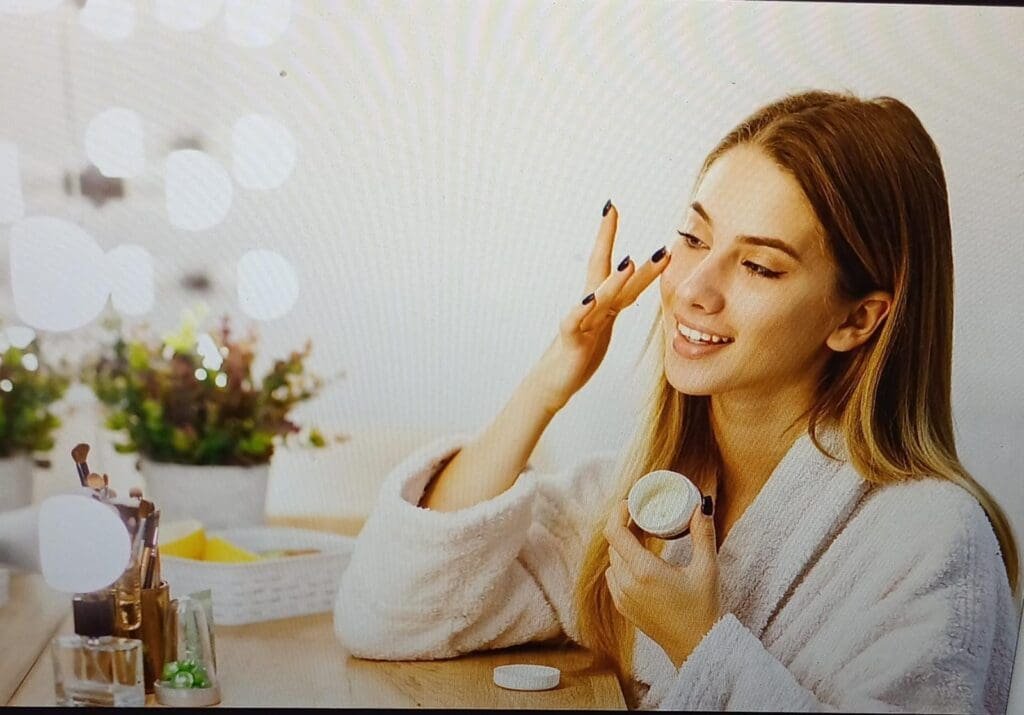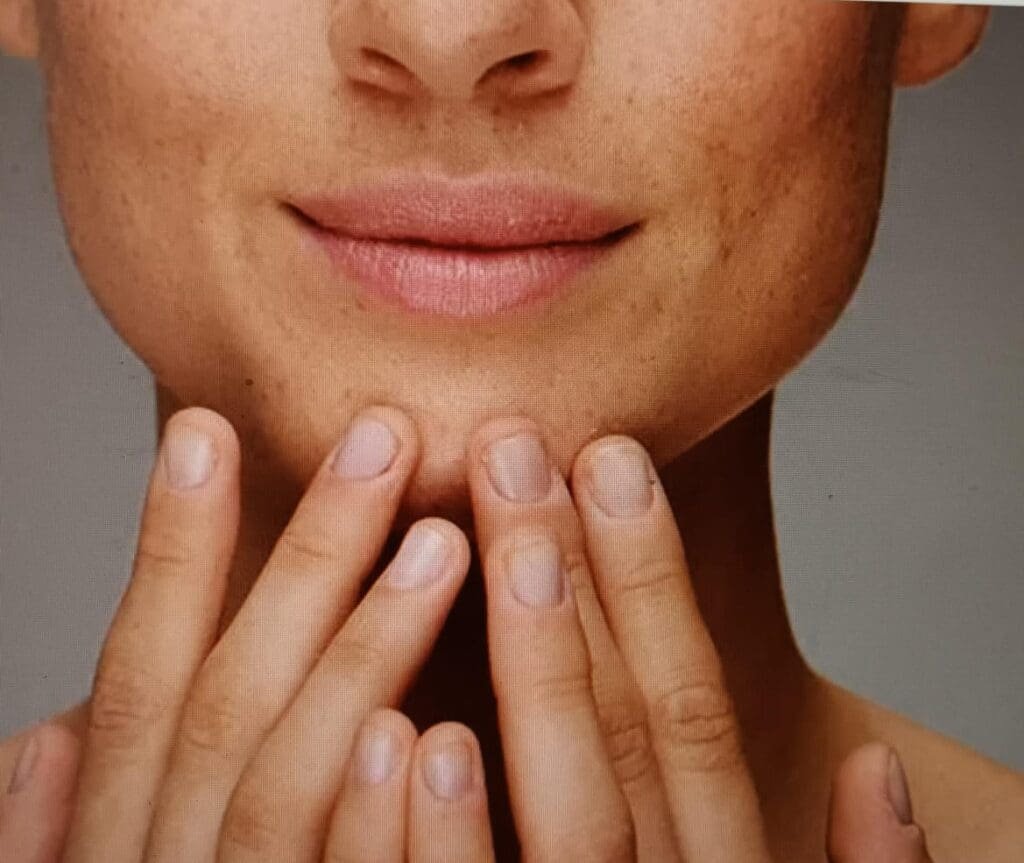
Layering Retinol with Other Skincare Ingredients
Layering skincare ingredients is an art, but when it comes to retinol, things can get a bit more complex.
Known as one of the most effective anti-aging ingredients, retinol offers a wealth of skin benefits, from smoothing fine lines to improving overall skin texture.
However, pairing it with other active ingredients—like vitamin C, AHAs, and peptides—can be challenging, especially for those new to using powerful actives.
Done right, combining retinol with other ingredients can transform your skincare routine, maximizing benefits and minimizing side effects.
In this guide, we will explore the best ways to layer retinol with popular skincare ingredients so you can achieve a glowing, healthy complexion without the guesswork or risk of irritation.
Can You Layer Retinol with Vitamin C?
Layering retinol and vitamin C can feel like a balancing act, as both are potent but have very different functions. Retinol stimulates cell turnover and boosts collagen, while vitamin C is an antioxidant that brightens and protects skin from free radicals.
Both are potent ingredients, and there is a chance of increased skin sensitivity, especially for new users, when layered at the same time.
Here is the best approach: Apply vitamin C in the morning, as it works well under sunscreen and boosts your skin’s defense against UV rays. Reserve retinol for nighttime when your skin can repair without sun exposure. This method allows you to enjoy the benefits of both without risking skin sensitivity or imbalance.
Combining Retinol and Hyaluronic Acid: The Perfect Duo for Hydration
Wondering if you can combine retinol with hyaluronic acid? The answer is a resounding yes! Retinol can be drying and sometimes leaves skin feeling tight.
This is where hyaluronic acid shines. As a humectant, hyaluronic acid draws moisture into the skin, which helps counteract the potential dryness from retinol.
How to layer: Start with hyaluronic acid on clean, damp skin. Let it absorb, then follow up with your retinol. This creates a hydrating barrier that can make retinol more tolerable, especially if you’re new to it or have sensitive skin.
Should You Layer Retinol with Glycolic Acid?
Both retinol and glycolic acid are great for refining skin texture and addressing fine lines, but they can be intense when used together.
Glycolic acid, an alpha hydroxy acid (AHA), works to exfoliate the skin’s surface, while retinol works deeper, accelerating cell turnover. When layered together, this combination can lead to irritation or even over-exfoliation of the skin.
Recommendation: Instead of layering, alternate their use. For instance, you could use glycolic acid on nights when you are not using retinol.
This way, you get the smoothing benefits of glycolic acid without overwhelming your skin. Remember to use a gentle cleanser and a good moisturizer to protect your skin barrier.
How About Retinol and Niacinamide?
Retinol and niacinamide are a powerful combination that generally works well together. Niacinamide, also known as vitamin B3, has anti-inflammatory properties and is excellent for hydration, evening skin tone, and improving skin texture.
When paired with retinol, niacinamide can help to soothe skin and reduce the chance of irritation, making retinol easier to tolerate.
How to layer: Apply niacinamide first, as it can help prepare your skin for the retinol that follows. You can also use a moisturizer containing niacinamide after applying retinol to lock in hydration and calm the skin.
Can You Combine Retinol with Peptides?
Peptides are short chains of amino acids that help repair the skin barrier, reduce inflammation, and promote collagen production. Since retinol and peptides have complementary benefits, they can be safely used together and even enhance each other’s effects.
Layering tips: Start with peptides to create a firm, soothing base, and follow with retinol. This sequence ensures your skin barrier is fortified and reduces the risk of irritation.
Plus, peptides can help boost retinol’s anti-aging effects by providing extra support to collagen production.
Mixing Retinol with Ceramides for a Gentle, Soothing Effect
Ceramides are the building blocks of a healthy skin barrier, making them ideal for pairing with retinol, which can sometimes compromise your skin’s natural defenses.
Combining retinol with ceramides helps retain moisture and protects the skin, reducing the chance of flakiness or irritation.
Best layering approach: Apply retinol first, then seal in hydration with a ceramide-rich moisturizer. This pairing is particularly beneficial for dry or sensitive skin types, as it maintains the skin’s moisture while delivering the anti-aging benefits of retinol.
Can You Layer Retinol with Salicylic Acid?
Salicylic acid, a BHA (beta hydroxy acid), is fantastic for treating acne-prone and oily skin because it penetrates deep into pores to clear out excess oil and dead skin cells.
However, combining salicylic acid and retinol can be too intense for most skin types, as both ingredients can increase skin cell turnover, leading to potential dryness, redness, or peeling.
How to layer: To avoid irritation, alternate between retinol and salicylic acid on different nights.
For example, use salicylic acid one night and retinol the next. If you do use them on the same day, consider applying salicylic acid in the morning (followed by sunscreen) and retinol at night. Alternating allows you to benefit from both ingredients without overwhelming your skin.
Layering Retinol with Kojic Acid for Brightening
Kojic acid is known for its skin-brightening effects and is often used to address dark spots, hyperpigmentation, and melasma.
It works by inhibiting tyrosinase, an enzyme responsible for melanin production, making it a favorite for evening out skin tone.
While kojic acid and retinol both address pigmentation, combining them requires caution, as both can be irritating.
Best practice: Start by using kojic acid in the morning, as it pairs well with other brightening ingredients like vitamin C. Use retinol at night to avoid overwhelming your skin. If your skin is sensitive, alternate their use or choose gentler formulations.
Can You Combine Retinol with Azelaic Acid?
Azelaic acid is a unique ingredient with anti-inflammatory and antibacterial properties, making it a go-to for treating acne, rosacea, and post-inflammatory hyperpigmentation.
Because it is generally well-tolerated by most skin types, azelaic acid can be used alongside retinol to help reduce acne and pigmentation without causing significant irritation.
How to layer: Apply azelaic acid in the morning (it is safe to use with vitamin C as well) and retinol in the evening. If you prefer using both at night, start with azelaic acid, wait a few minutes, and then apply retinol. This sequence helps prep your skin with azelaic acid’s calming effects, making it easier to tolerate retinol.
Layering Retinol with Arbutin for Targeted Brightening
Arbutin is a gentle skin-brightening agent derived from bearberry plants, making it ideal for reducing dark spots and evening skin tone.
It is often compared to hydroquinone but is much milder, and it works by slowing down melanin production. When used with retinol, arbutin can enhance skin-brightening effects without the harshness associated with more intense brighteners.
How to layer: You can apply arbutin before retinol at night. Start by applying arbutin on clean, dry skin, allowing it to absorb fully, then follow with retinol.
This combination allows you to target dark spots while reaping retinol’s anti-aging benefits. Since both ingredients can make your skin more sensitive to the sun, ensure you wear sunscreen during the day to protect your skin.
Summary: Layering Retinol with Other Ingredients
You can layer retinol with:
- Hyaluronic Acid
- Niacinamide
- Peptides
- Vitamin E
- Ceramides
- Azelaic Acid
- Arbutin
You should not layer retinol with:
- Vitamin C
- Glycolic Acid
- Salicylic Acid
- Kojic Acid
- AHAs and BHAs
- Benzoyl Peroxide
This article from Paula’s Choice states that layering retinol with other potent ingredients, like vitamin C, glycolic acid, and salicylic acid, is not due to pH issues, but the skin can become more irritated and sensitive.
FAQ: Mixing Retinol with Other Ingredients
Q. Can you mix hyaluronic acid with retinol?
Yes, hyaluronic acid pairs well with retinol. It helps retain moisture, countering any dryness retinol might cause.
Q. Can retinol be mixed with vitamin C?
No, it’s best to use them at different times (vitamin C in the morning, retinol at night) to avoid irritation and get the most out of each ingredient.
Q. Can you combine salicylic acid and retinol?
It is better not to use them together. Both are powerful exfoliants, and combining them can lead to excessive dryness or irritation. Alternate their use to stay safe.
Q. Can you layer glycolic acid with retinol?
No, glycolic acid and retinol together can be too harsh and may irritate the skin. Use them on separate days if both are part of your routine.
Q. What should I avoid mixing with retinol?
Avoid pairing retinol with strong exfoliants like benzoyl peroxide, glycolic acid, salicylic acid, and even vitamin C, as these can increase irritation or reduce effectiveness.
Q. Is layering retinol with arbutin okay?
Yes, arbutin can be safely layered with retinol. Apply arbutin first, then follow with retinol to target dark spots while benefiting from retinol’s anti-aging effects.
Q. Can you use azelaic acid with retinol?
Yes, azelaic acid is generally mild and can work well with retinol. For the best results, consider using azelaic acid in the morning and retinol at night.
Q. Can you use niacinamide with retinol?
Absolutely! Niacinamide complements retinol by reducing irritation and strengthening the skin barrier, making it a great addition to your routine.
Q. Should I mix retinol with kojic acid?
Mixing retinol and kojic acid can be too strong for some skin types. If you want both, consider using kojic acid in the morning and retinol in the evening.
Conclusion
Learning how to properly layer retinol with other ingredients is key to building a routine that supports clear, radiant skin while avoiding unnecessary irritation. B
y pairing retinol with hydrating or soothing ingredients like hyaluronic acid and niacinamide, you can enjoy the powerful anti-aging effects of retinol without compromising your skin barrier.
Certain ingredients, such as strong acids, are best used on separate days to prevent overloading the skin.
With a bit of patience and the right combinations, you will be able to make the most of your skincare ingredients and enjoy the long-term benefits of a balanced, effective regimen.
Related:
10 Best Retinol Serums in Pakistan
Anti-Aging Skincare Routines: A Simple Guide for Youthful Skin
8 Best Retinol Creams In Pakistan For Younger Skin

Education: University of Peshawar
Ahmad holds a Master’s degree in Chemistry and has been writing about skincare for over five years. With a deep understanding of ingredients and their impact on the skin, he enjoys sharing practical, science-based skincare advice. When not writing, he loves playing with his kids.



